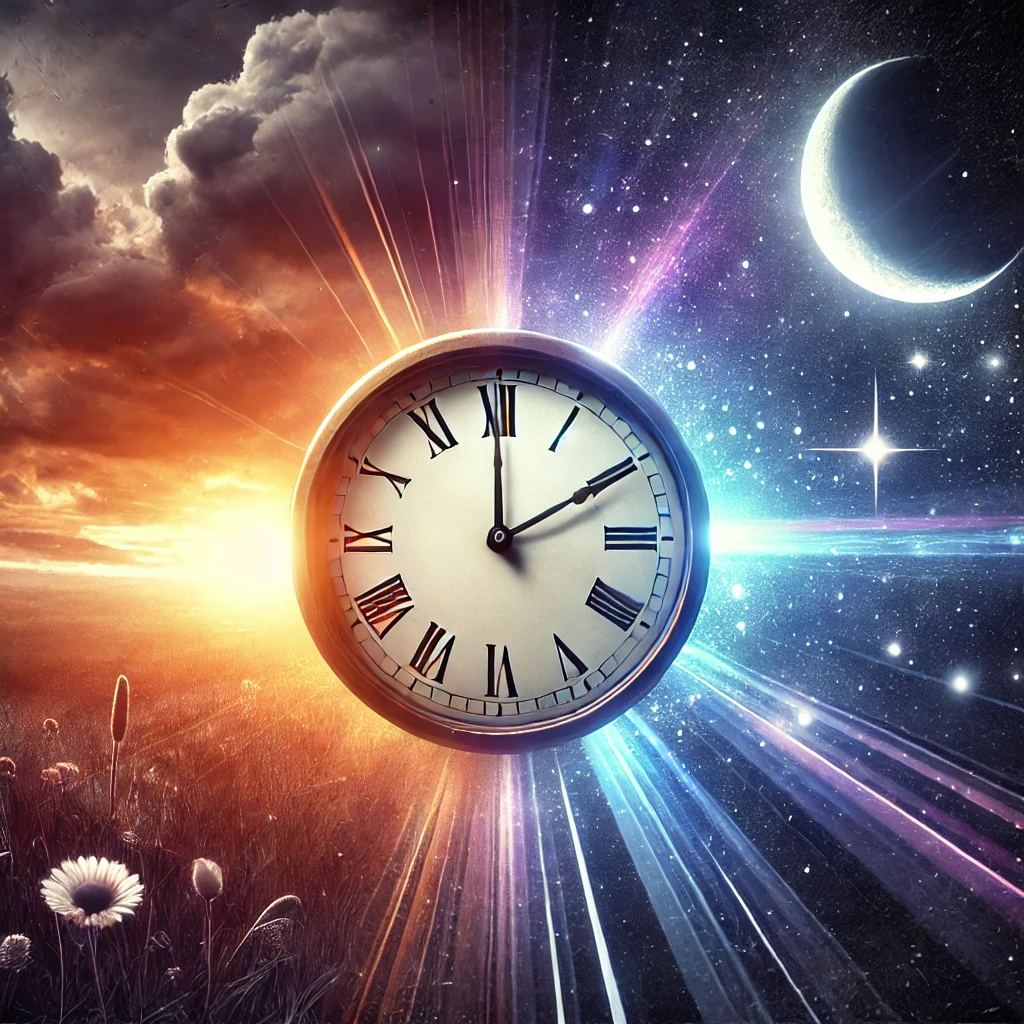DST is fast approaching its end. For some people, it means getting an additional hour of rest – though there are some health effects tied to this event. It is now high time we learn about DST, its existence and its impact on our lives.
Learn about Daylight Savings Time
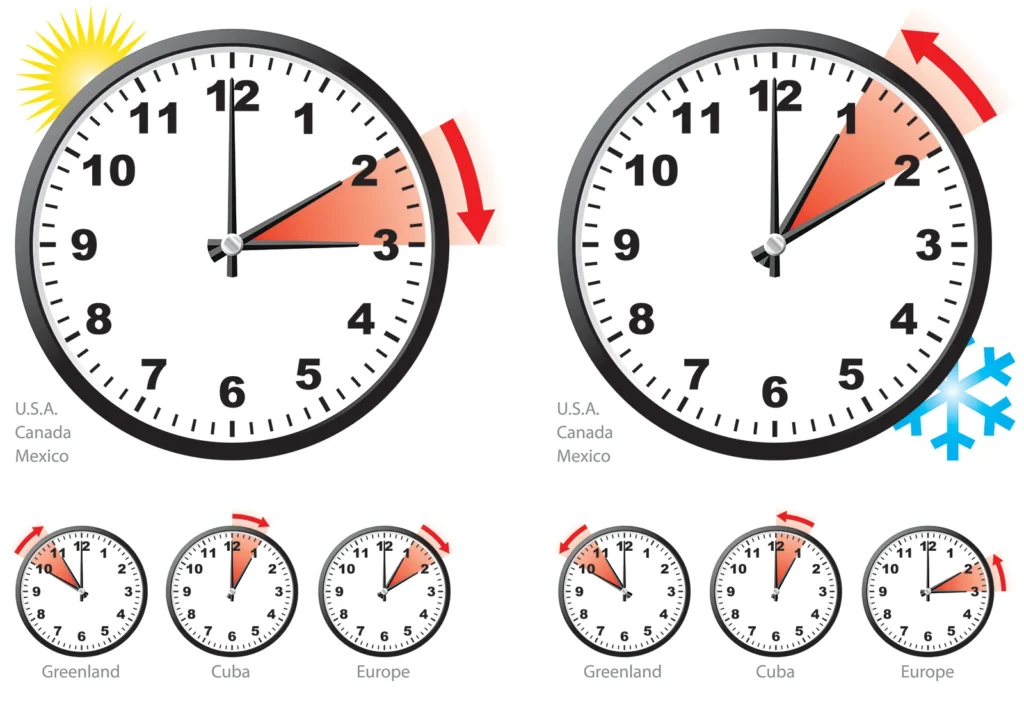
It was established during the World War I for the purpose of saving energy. It sought to make usage of daylight by advancing the clocks by one hour in spring and retreating in the autumn. But it is still controversial whether it has really made significant strides in energy saving. On November 3, DST ends, and provided the population an extra hour in the morning. But took away the bright evening light.
The History of DST
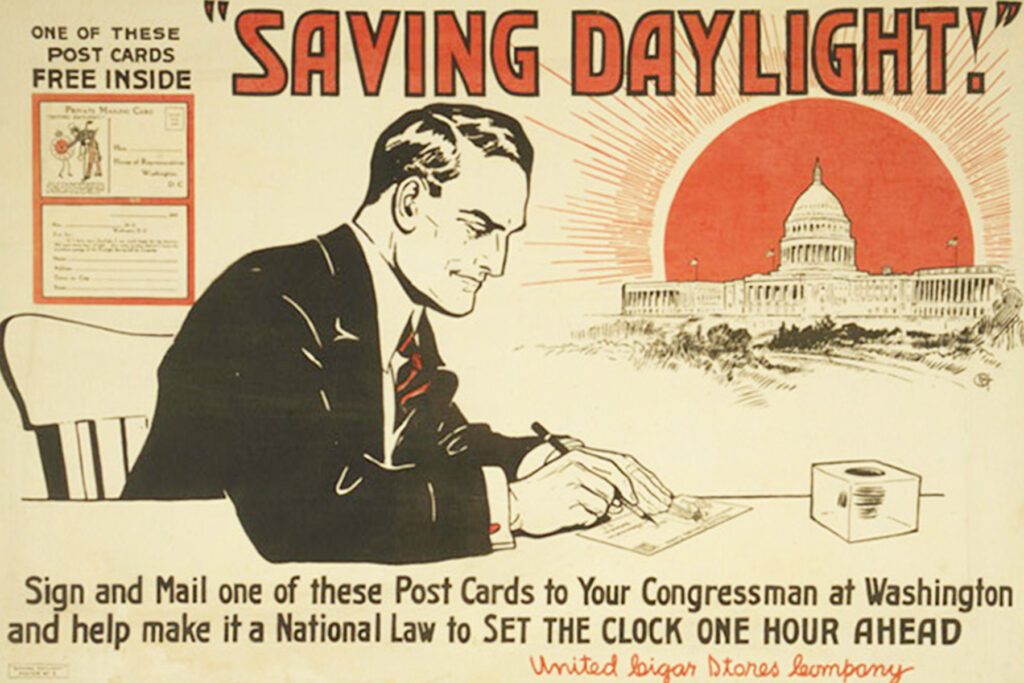
DST in fact began in 1918 in the United States of America with the main purpose of getting more daylight hours, and consequently, use less energy. DST was partly brought to order by the Uniform Time Act passed in 1966 but states could exempt themselves. Today Hawaii, Arizona except the Navajo Nation and many other territories like Puerto Rico do not use DST.
Effects on Health on “Falling Back”
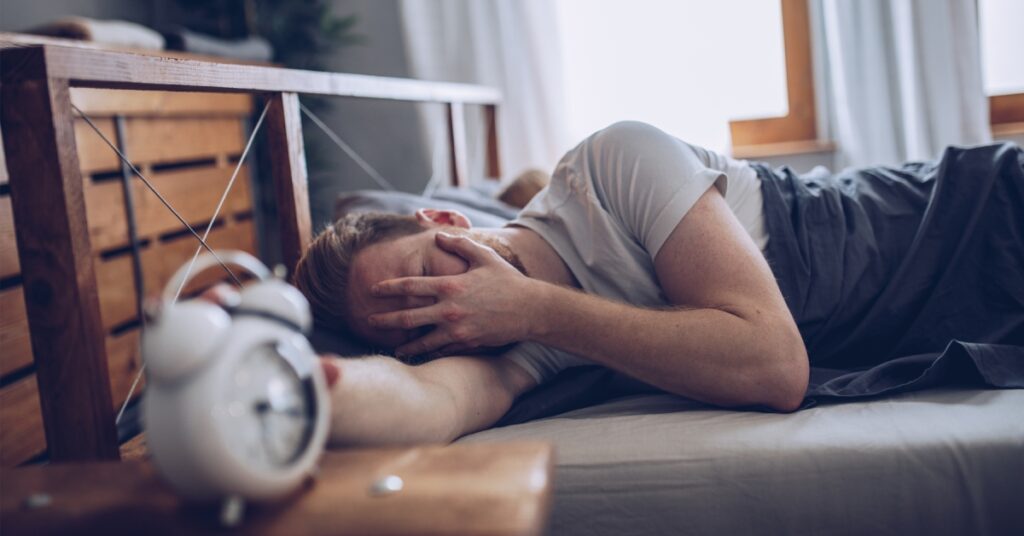
Although extending time by one hour appears to be a beneficial shift, in fact, may influence health in several ways. Here’s how:
- Sleep Disruption
As this show just proved an extra hour all too often means that sleep patterns are disturbed. The gained hour is said to bring about early morning wake up calls, and difficulties going to sleep at night. - Increased Stroke Risk
Time shifting raises the probability of an ischemic stroke for a short time. Since the body of a person has internal clock or what we call the circadian rhythm, it may affect due to changes in time resulting from health complications. - Depression
Returning to standard time causes some people to develop symptoms of seasonal depression or SAD. This normally results in many people possibly developing depressive symptoms which are associated with shorter days and little light. - Higher Car Accident Rates
This is really the case since as evenings grow darker so does the probability of car accidents. In recent days, driving becomes difficult with early sunlight darkness and this lead to more car accidents, this is especially felt during DST changes.
Preparing for the Change
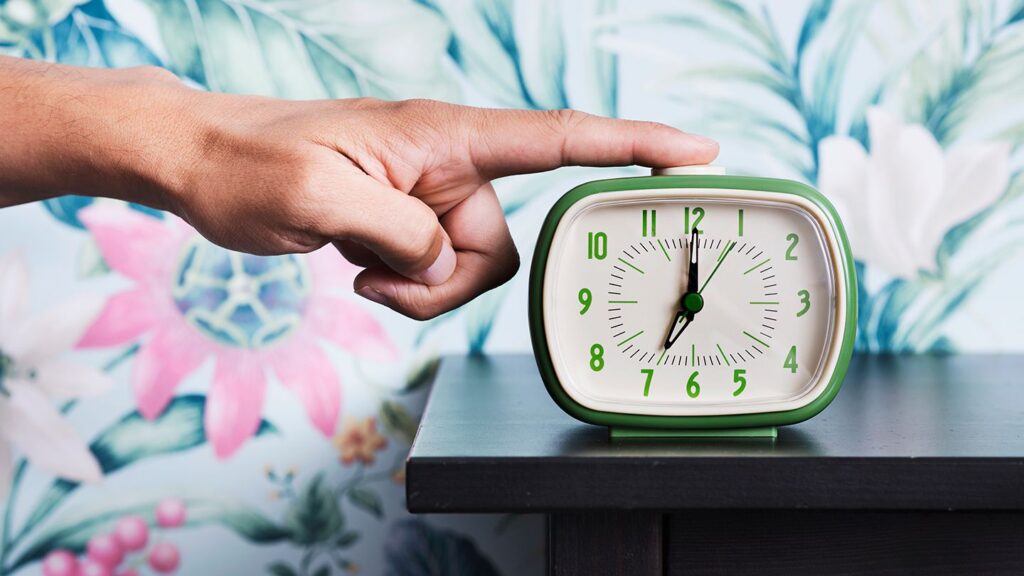
Here are some helpful tips to ease into the new schedule:
Gradually Adjust Sleep Times: To prepare for DST put yourself on the new time by gradually moving your bed time forward by 15 minutes a day for the 7 days before DST. This can help reduce the kind of impact of a full hour shift on an employee.
Establish a Relaxing Routine: In this case, establishing a routine before night will help the body understood that it’s time to sleep. Warning: LEDs, electronics, caffeine, and heavy foods and meals before bedtime are sleep robbers.
Get Sunlight Exposure: The natural light can assist with mood and help wake a person up. It is better to get sunlight early in the morning If possible, as this will enable your body to acclimatize with the new time.
Stick to Consistent Sleep Habits: After the clocks go forward, keep to the new sleep and waking pattern to aid your body’s clock shift.
Some last words about the days savings

Even though DST is of concern with energy conservation, it has distinct impacts on psychological and physiological health. There are ways by which you can help reduce the bothersome effects to your daily streams and make the shift a lot easier.
Also read about Liam Payne’s mysterious death and how did the memebers of 1 Direction reacted.

